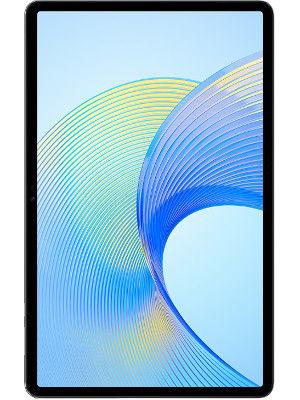Two supermoons in August! Know when and where to watch
Supermoons can cause the moon to appear approximately 30% brighter and its lunar disk to increase in size by around 14% as seen from Earth.
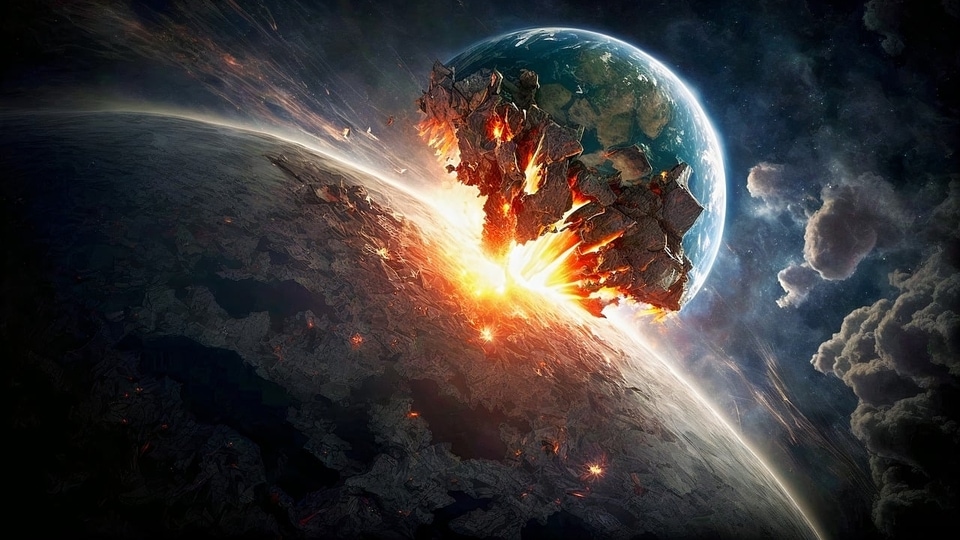
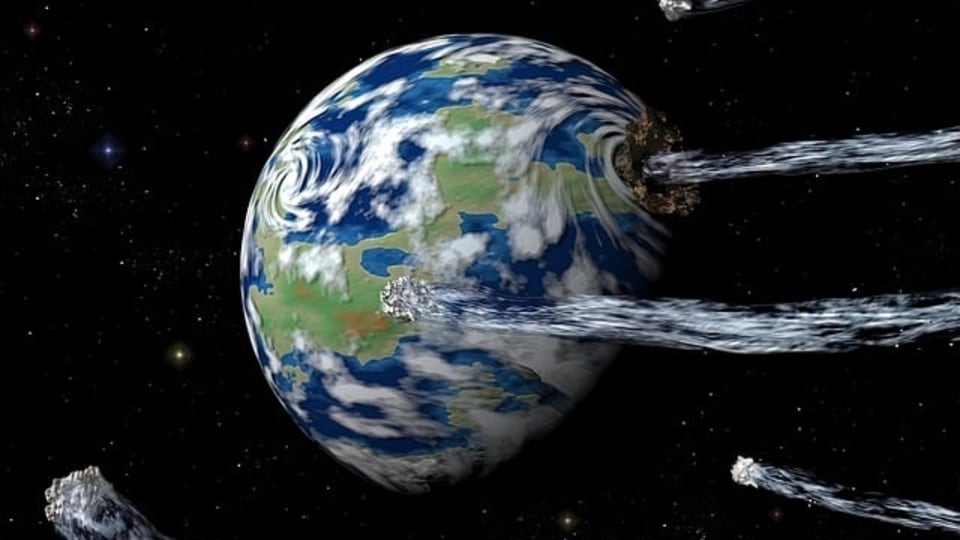
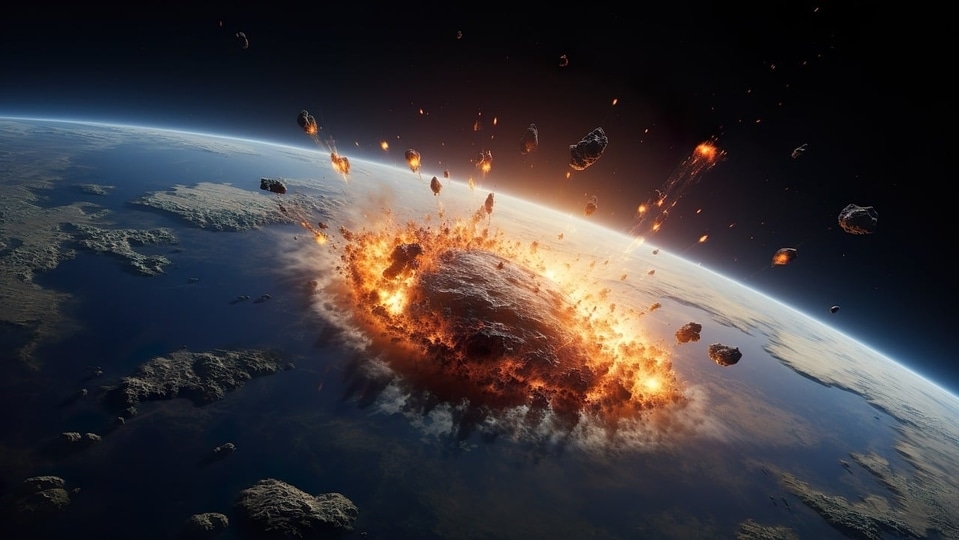
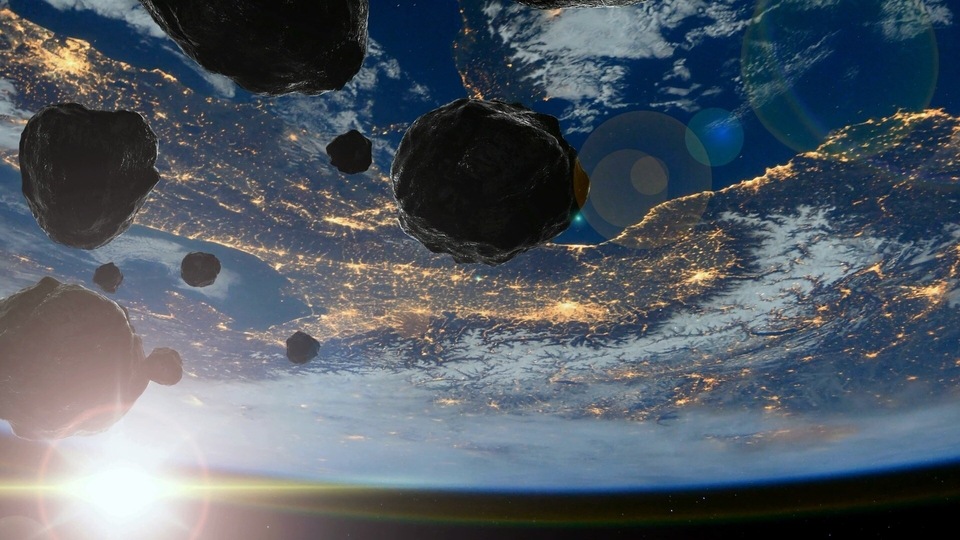
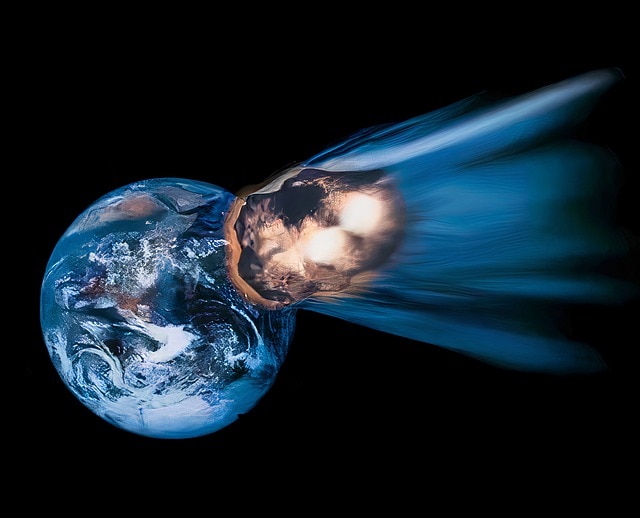
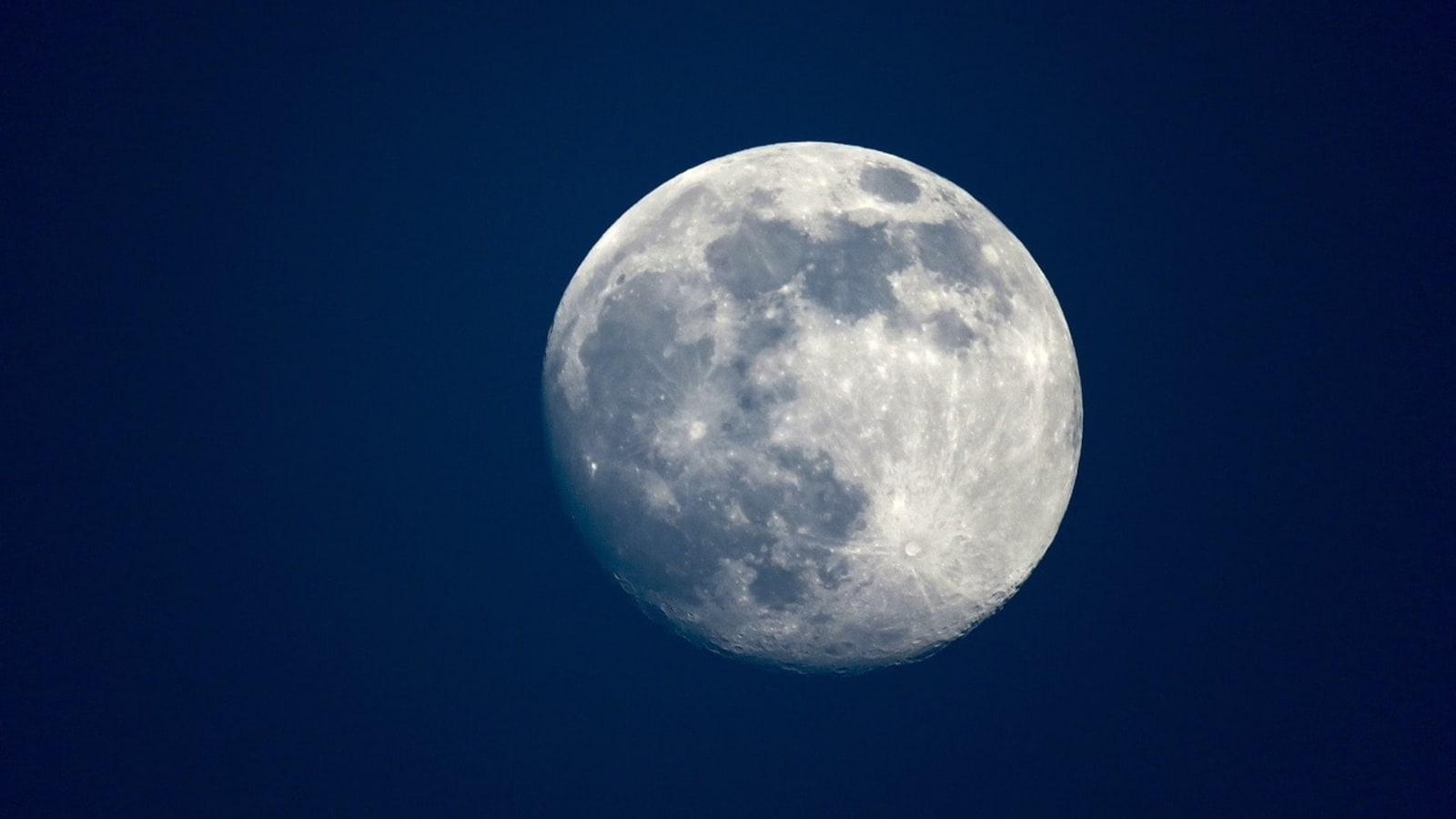
 View all Images
View all ImagesDo you know about the beautiful supermoon in the sky? Ever wondered what a supermoon is? According to NASA, a supermoon occurs when the Moon's orbit is closest (perigee) to Earth at the same time that the Moon is full.
August is a thrilling time for moon enthusiasts as it starts and ends with supermoons. On Tuesday, Aug. 1, we'll witness the rise of the Full Sturgeon Moon, and the month concludes with the Full Blue Moon on Aug. 30. These full moons are not only supermoons but also mark the middle points in a sequence of four lunar events, which began with the Full Buck Moon on July 3.
This lunar display is known for its dazzling brilliance, enhanced by the supermoon phenomenon, making it appear slightly larger and brighter than a regular full moon. It promises to be a captivating sight for anyone who looks up at the night sky.
Historical significance
The historical importance of the term "sturgeon moon" stems from an era when Native Americans, Colonial America, and Europeans assigned distinct names to full moons. This particular label was derived from the abundant occurrence of enormous sturgeon in the Great Lakes and Lake Champlain during the summer season.
These remarkable creatures, often known as living fossils, have endured for more than 100 million years with limited evolutionary changes.
What do scientists say?
According to a report by space.com, Fred Espenak, an eclipse expert and retired NASA astrophysicist, the Full Sturgeon Moon will be located approximately 222,158 miles (357,530 km) away from Earth, in contrast to its usual average distance of around 238,000 miles (382,900 km). The moon's perigee, the point closest to Earth, coincides with the Full Sturgeon Moon on August 2nd at 01:52 EDT (0552 GMT).
Supermoons can cause the moon to appear approximately 30% brighter and its lunar disk to increase in size by around 14% as seen from Earth. These changes are discernible to experienced moon-watchers, but may not be easily noticeable to the casual observer who doesn't regularly pay close attention to the moon's nightly appearance.
Catch all the Latest Tech News, Mobile News, Laptop News, Gaming news, Wearables News , How To News, also keep up with us on Whatsapp channel,Twitter, Facebook, Google News, and Instagram. For our latest videos, subscribe to our YouTube channel.







